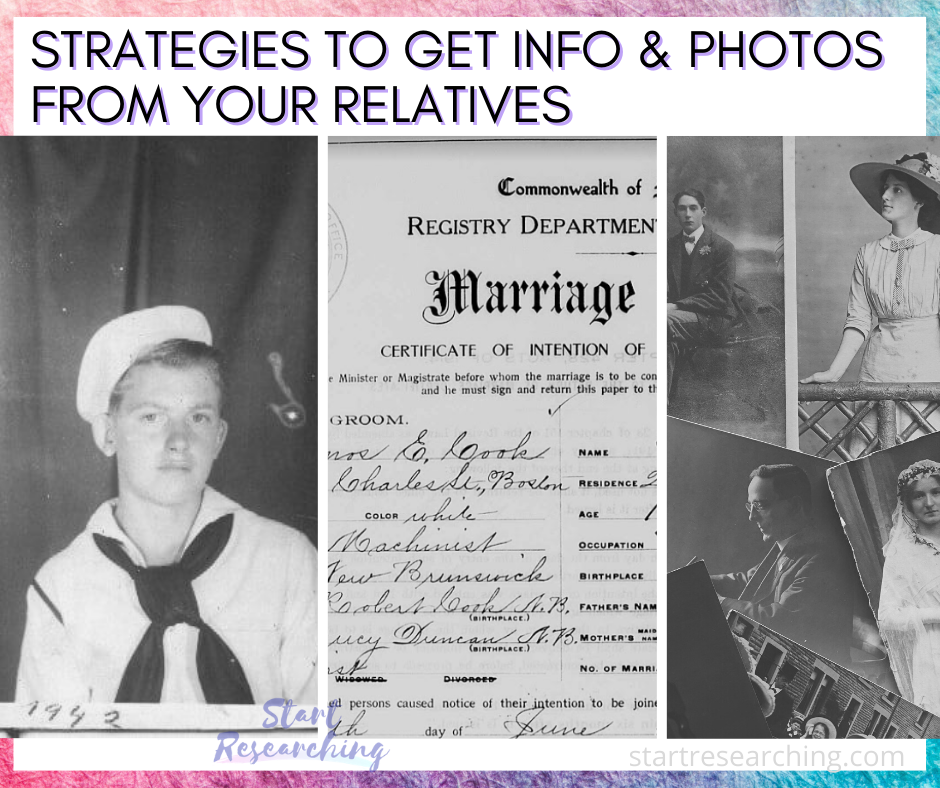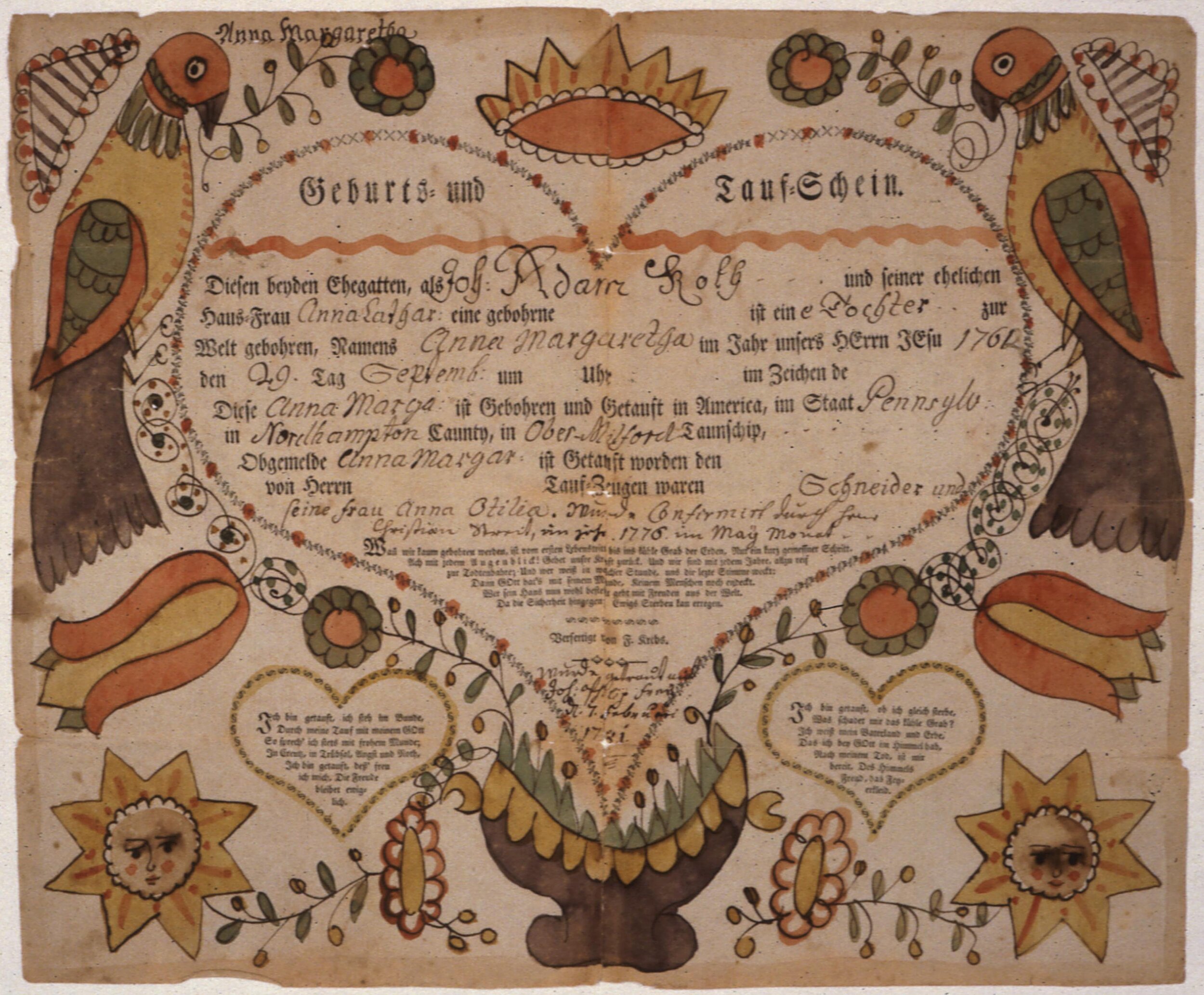In these two posts (part 1 and 2), I’ll be sharing several of the best ways to research your Irish ancestors online. For Ireland, I’ve learned this means mainly looking at civil records, census records (and census substitutes), and church records. The good news is you can actually do a lot of research from your home!
Background image: “Cliffs of Moher, Liscannor, Ireland” via flickr user Giuseppe Milo, CC 2.0. The Cliffs are a famous landmark located on Ireland’s west coast.
Since the Government of Ireland Act of 1920 (which took effect in 1921), Ireland has been divided into the 26 counties of the Republic of Ireland, and the 6 counties of Northern Ireland (read more at Wikipedia: Partition of Ireland). Today, the Republic of Ireland is simply called Ireland, and is independent. Northern Ireland is still part of the United Kingdom (and therefore all of their records are held in UK repositories).
Quick tip: For a brief time during the 1920’s and 1930’s, the Republic of Ireland was referred to as the “Irish Free State”, so if you see this term in the U.S. Census records (especially the 1930 U.S. Federal Census) you know your ancestor is from Ireland and not from Northern Ireland!
You may also come across the Irish term “Éire” referring to Ireland, but it is somewhat frowned upon for those outside of Ireland to use this name. Northern Ireland may be referred to as “Ulster”, as the majority, 6 out of 9 counties, of this old province make up Northern Ireland.
Though I don’t want to explore the history of Ireland in today’s post, you should definitely aim for a brief understanding of the major political struggles and violence, as well as the famine years, to help give your ancestor’s lives context (and possibly learn their reasons for emmigration). If you are unfamiliar, here are a few sites that summarize it well:
Now it’s important to remember one of the golden rules of genealogy: always work backwards, starting with the most recent records first. So if your Irish ancestors emigrated to America, start with the records you can find here. Look for vital records, census records, naturalization records, immigration records, newspaper records, church records, the whole deal. Build out your family tree, and records for each ancestor, as much as possible before moving on to your search of pre-immigration records.
With all of your research, you should be able to narrow down where in Ireland your ancestors came from, whether it’s a general county or specific address. While U.S. census records may tell you their parent’s country of birth, other records like passenger lists or naturalization papers may offer more detailed information, like last known address or name and address of next of kin in Ireland. If you don’t have much else to go on, a DNA test can usually give you a general county. Your ancestor’s Irish surnames may also hold clues about their location, by researching the surnames’ popularity in certain areas and it’s origination (see Ireland Surname Distribution by County for the 1850’s.
You should also know the names of your ancestor’s family members, especially the parents’ names of your immigrants, so that you can prove any new records you may find are correctly linked to your ancestor.
Quick tip: Knowing that many (but not all) Irish families followed a traditional naming pattern could offer clues into the relatives given names: the first son named after it’s paternal grandfather, for example (for more information, FamilySearch: Ireland Personal Names).
Gather all this relevant information nearby as reference material. It helps to also write out a summary of what you already know, including names, dates, and locations. Then come up with a research plan, with stated goals, and be ready to take notes as you go (including detailed source information).
Okay, let’s talk about Irish records. The three main things you should explore are civil records, census records, and church records - but it’s not all cut and dry. While there’s a lot of information available online, I feel like it’s spread out and buried like a squirrel that hid his nuts all over the yard, and then forgot where he put them!
Understanding Civil Registration Districts, Poor Law Unions, and Townlands
Civil vital records of birth, marriage, and death in Ireland are available from the General Register Office (GRO). They are organized by indexes from the year 1864 on, though non-Catholic marriages are from a bit earlier: 1845 (but don’t forget sometimes Catholics and non-Catholics married each other - and these earlier records also included Catholics who were married by a non-Catholic). Note for records older than this you’ll want to use church records, which we’ll explore in part 2.
Before you search these indexes, you should try to figure out your ancestor’s civil registration district, which was determined by where they lived at the time. Theses indexes that we’ll be searching show the place where the event occurred as this registration district, so knowing this ahead of time will really help us filter and improve results as well as confirm matches.
These districts were also known as Registrar’s Districts, and a bit later Superintendent Registrar’s Districts (SRDs). They did not follow the borders of counties or parishes.
You may also notice them called Poor Law Unions (PLUs) which existed previously (created by the Poor Law Relief Act of 1838), and had the same boundaries as the Registrar’s Districts. PLU’s were usually centered around a workhouse that cared for the poor of the townlands in their area, financed by local taxes, or ‘rates’. After the Medical Charities Act of 1851, these poor law unions were divided into 6 or 7 Dispensary Districts each, with a medical officer in each in charge of caring for his local area. When civil registration was introduced, this medical officer was responsible for filing and recording the births and deaths in his domain. These Dispensary Districts were renamed Superintendent Registrar’s Districts in 1864.
If all this isn’t confusing enough, these districts each contained District Electoral Divisions (DEDs), which are referenced in some records (Griffith’s Valuation, 1901 Census, and 1911 census). On top of everything, some documents still referred to outdated Barony and Parish divisions.
These administrative districts are a separate hierarchy of land division from “Country > Provinces > Counties > Baronies > Civil Parishes > Cities / Towns > Townlands” though there was some border overlap (and this description isn’t perfect, as some townlands included cities or towns, and baronies and parishes are no longer used.).
But here’s the thing - since townlands were the smallest land measurement (they could be as small as a neighborhood or hundreds of acres), if you can determine their townland, then you’ll know which civil registration district they lived in.
Once you learn one of your ancestor’s place names, you’ll have to consult a few different resources and do some cross-referencing to determine their townland, civil registration district, poor law union, and district electoral division, etc. so that you can easily search different types of Irish genealogical records. Utilize maps (modern and historical), townland indexes, and website tools. Some favorites include:
Searching the Indexes and Finding Civil Records
Now you should have some ideas about where your ancestors lived written down, and you’re ready to search the indexes. They can be found on FamilySearch (free with registration) here:
FamilySearch: “Ireland Civil Registration Indexes, 1845-1958”
Tip: Don’t forget to use the women’s maiden name when looking for birth records, and married name when looking for death records! I know it’s a simple tip but I’m surprised how often people forget to do this. More tips should be read here: FamilySearch: Tips on Searching the Civil Registration Indexes).
Next, use the results from the indexes to find the records from the official Ireland’s government portal here:
Alternatively, use the index results to order either photocopies of records or official certificates from the General Register Office (GRO) in Dublin.
The GRO is sometimes called the General Register Office of Ireland (GROI) to distinguish from the office of the same in Belfast called General Register Office of Northern Ireland (GRONI). You should recall that records from Northern Ireland post 1922 will be held in GRONI and not in the FamilySearch Civil Registration Indexes linked above.
Additional Civil Records collections
FamilySearch: “Ireland Births and Baptisms, 1620 - 1881”
Order certificates for Northern Ireland (post 1922) from the (GRONI) General Register Office (Northern Ireland)
Ancestry.com, $: “Ireland, Select Births and Baptisms, 1620-1911)”
Findmypast.com, $: Ireland: Birth, Marriage and Death (Parish Registers)
RootsIreland, $: Civil Record Search
Note Ancestry.com and FindmyPast.com utilize the same records as FamilySearch. However the records from RootsIreland are transcribed from different sources - instead of referencing the certificates to the General Register Offices, the Irish Family History Foundation transcribed from local copies created at the time of registration (parish records) with a few other sources like gravestone inscriptions - making RootsIreland a unique depository.
May the luck of the Irish be with you as you research!
Now available: Part 2: Census Records and Church Records (and Facebook Groups!)











